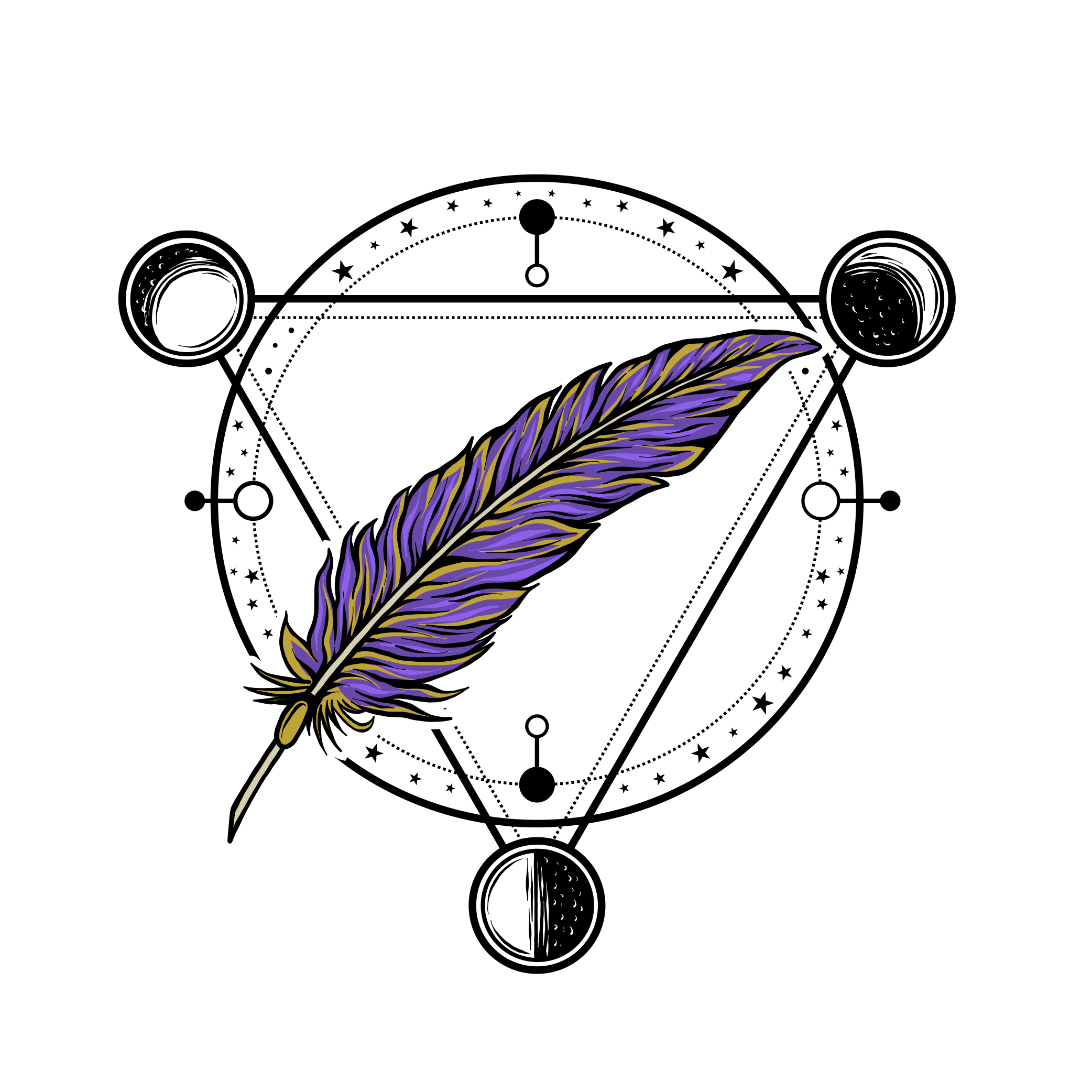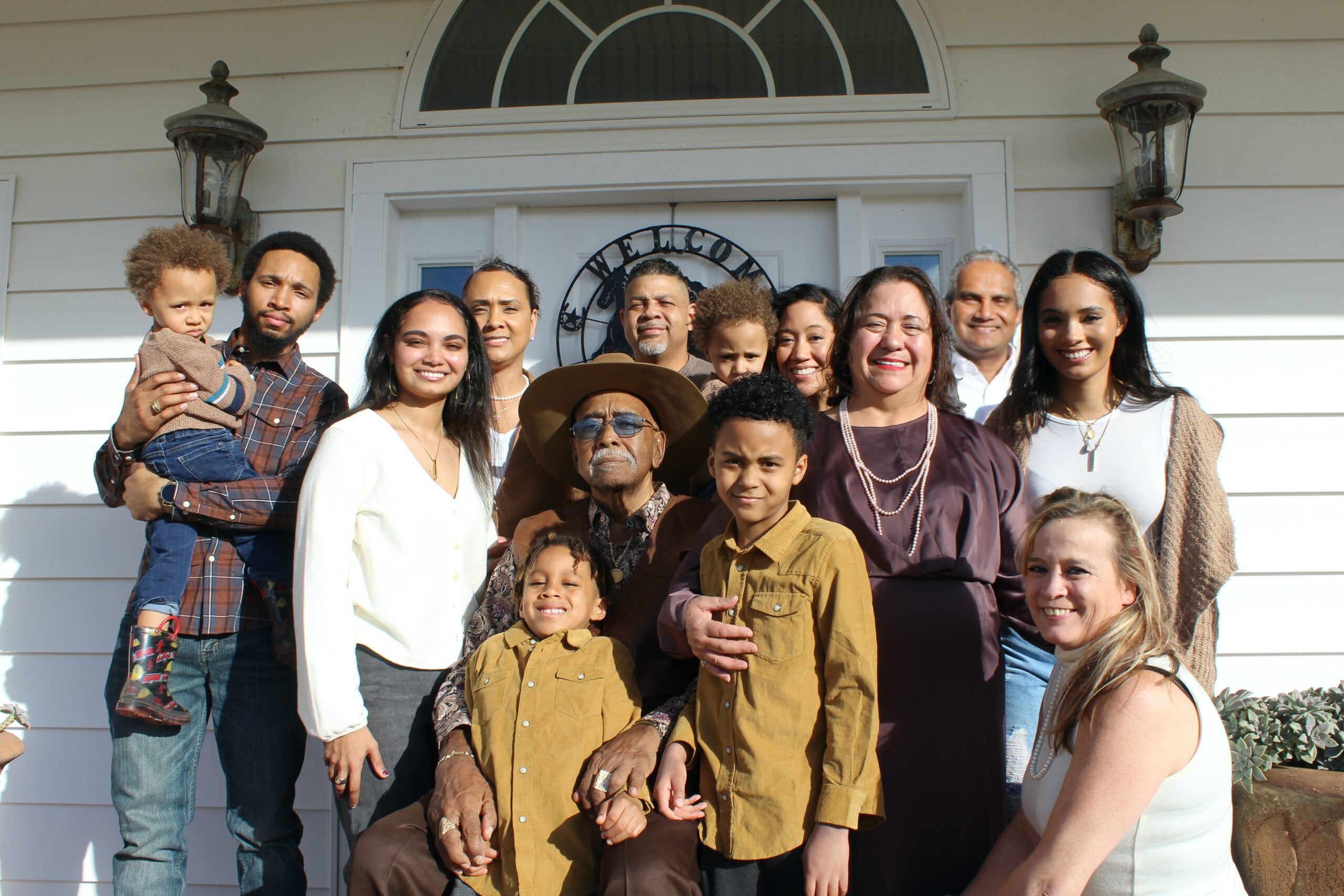-
Place of Birth
California
-
Tribal Affiliation
Yamassee
-
Surname Heritage
England /Scotland/Ireland
Stevenson History, Family Crest & Coats of Arms

Stevenson comes from the ancient Dalriadan clans of Scotland’s west coast and Hebridesislands. The name comes from Steven, and means son of Steven, a variant of Stephen, which meant crown or garland. [1] This personal name was popular throughout Christian Europe during the Middle Ages, mostly due to St. Stephen, the first Christian martyr. The name was Gaelicized as Mac Stiofáin.
Early Origins of the Stevenson family
The surname Stevenson was first found in Northumberland, where they were established since the early Middle Ages at Knaresdale Hall, and at Newcastle on Tyne. By 1150, they had moved north to Scotland in the parish of Newlands in Peebles (now part of the Strathclyde and Border regions), where Stevene Stevenson swore an oath of allegiance (recorded on the Ragman Rolls) to King Edward I of England during the latter’s brief conquest of Scotland in 1296. Another early Scottish record of this surname dates back to 1372, when one Nichol fiz (‘son of’) Steven, chaplain of Scotland, was given a license to take shipping at London or Dovorre. [2]
The name is “confined for the most part to the northern half of England, being especially frequent in county Durham, and afterwards in the North and East Ridings and Northumberland. It is also well established in Lincolnshire, and has made a substantial advance into the midlands as far as Warwickshire. Strangely enough it has an independent home in Sussex and Berks, where Stevens is also common. Generally speaking, however, it is absent or rare in the southern part of England, where its place is supplied by Stephens and Stevens. The Stevensons extend in force across the Scottish border, but do not usually reach beyond the Forth and the Clyde.” [3]
Early History of the Stevenson family
This web page shows only a small excerpt of our Stevenson research.
Stevenson Spelling Variations
The translation of Gaelic names in the Middle Ages was not a task undertaken with great care. Records from that era show an enormous number of spelling variations, even in names referring to the same person. Over the years Stevenson has appeared as Stevenson, Stephenson, Stephinson, Stevenston, Steenson, Stenson, Steinson, Stinson, Stephenton, Stynson, Stevensint, Stevensynd, Stevensent, Stympson, Stevensend, Stevensant, Steanson, Stevensyn, Stephenston, Stephensyn, Stevinson, Stevensan, Stevensind, Stevensane, Stimpson and many more.
Stevenson World Ranking
In the United States, the name Stevenson is the 345th most popular surname with an estimated 77,097 people with that name. [4] However, in Canada, the name Stevenson is ranked the 297th most popular surname with an estimated 14,772 people with that name. [5]And in Newfoundland, Canada, the name Stevenson is the 689th popular surname with an estimated 63 people with that name. [6] Australia ranks Stevenson as 240th with 14,208 people. [7] New Zealand ranks Stevenson as 85th with 4,418 people. [8] The United Kingdom ranks Stevenson as 155th with 34,021 people. [9]
 Migration of the Stevenson family to Ireland
Migration of the Stevenson family to Ireland
Some of the Stevenson family moved to Ireland, but this topic is not covered in this excerpt.
Stevenson migration to the United States +
Many of the ancestors of Dalriadan families who arrived in North America still live in communities along the east coast of Canada and the United States. In the American War of Independence many of the original settlers traveled north to Canada as United Empire Loyalists. In the late 19th and early 20th centuries the ancestors of many Scots began recovering their collective national heritage through Clan societies, highland games, and other patriotic events. Research into the origins of individual families in North America revealed records of the immigration of a number of people bearing the name Stevenson or a variant listed above:
Stevenson Settlers in United States in the 17th Century
- Andrew Stevenson, who arrived at Charlestown Massachusetts in 1630
- Andrew Stevenson settled at Charlestown, Massachusetts in 1630
- Rich Stevenson, (Steevenson), aged 19, who arrived in Virginia in 1635 aboard the ship “Globe” [10]
- Christ Stevenson, who arrived in Virginia in 1637 [10]
- And Stevenson, (Steevenson), who arrived in Virginia in 1650 [10]
Stevenson Settlers in United States in the 18th Century
- Allen Stevenson, who arrived in America in 1700 [10]
- James Stevenson, who arrived in New England in 1728 [10]
- Thomas Stevenson, who landed in Virginia in 1740 [10]
- Barnabas Stevenson, who landed in America in 1760-1763 [10]
- Robert Stevenson, who settled in Boston Massachusetts in 1763
Stevenson Settlers in United States in the 19th Century
- John Stevenson, who arrived in America in 1802 [10]
- James Stevenson, who arrived in America in 1810 [10]
- Martha Stevenson, who landed in Baltimore, Maryland in 1811 [10]
- Thomas Stevenson, who landed in America in 1811 [10]
- William Stevenson, who arrived in New York, NY in 1812 [10]
Stevenson migration to Canada +
Some of the first settlers of this family name were:
Stevenson Settlers in Canada in the 18th Century
- John Stevenson, who arrived in Nova Scotia in 1749
- William and Mathew Stevenson, who settled in Harbour Grace, Newfoundland, in 1760 [11]
- Martha Stevenson, who landed in Halifax, Nova Scotia in 1778
- Mr. William Stevenson U.E. who settled in St. Stephen, New Brunswick c. 1784 [12]
Stevenson Settlers in Canada in the 19th Century
- James Stevenson, aged 65, a farmer, who arrived in Quebec aboard the ship “Atlas” in 1815
- Andrew Stevenson, aged 19, a labourer, who arrived in Saint John, New Brunswick aboard the ship “Favourite” in 1815
- Donald Stevenson, aged 21, a labourer, who arrived in Saint John, New Brunswick aboard the ship “Favourite” in 1815
- Sam Stevenson, who landed in Canada in 1821
- Samuel Stevenson, who arrived in Quebec in 1821
Stevenson migration to Australia+
Emigration to Australia followed the First Fleets of convicts, tradespeople and early settlers. Early immigrants include:
Stevenson Settlers in Australia in the 19th Century
- John Stevenson, a butcher, who arrived in New South Wales, Australia sometime between 1825 and 1832
- Thomas Stevenson, a nailor, who arrived in Van Diemen’s Land (now Tasmania) sometime between 1825 and 1832
- David Stevenson, Scottish convict from Edinburgh, who was transported aboard the “Albion” on May 29, 1828, settling in New South Wales, Australia [13]
- Mr. Thomas Stevenson, (Steel) who was convicted in Lancaster, Lancashire, England for 7 years, transported aboard the “Bussorah Merchant” on 24th March 1828, arriving in New South Wales, Australia [14]
- Mr. William Stevenson, (b. 1797), aged 31, English convict who was convicted in Nottingham, Nottinghamshire, England for 7 years, transported aboard the “Eliza” on 25th June 1828, arriving in New South Wales, Australia [15]
Stevenson migration to New Zealand +
Emigration to New Zealand followed in the footsteps of the European explorers, such as Captain Cook (1769-70): first came sealers, whalers, missionaries, and traders. By 1838, the British New Zealand Company had begun buying land from the Maori tribes, and selling it to settlers, and, after the Treaty of Waitangi in 1840, many British families set out on the arduous six month journey from Britain to Aotearoa to start a new life. Early immigrants include:
Stevenson Settlers in New Zealand in the 19th Century
- Burleigh R Stevenson, who landed in Wellington, New Zealand in 1840
- Thomas Stevenson, who landed in Wellington, New Zealand in 1840
- Isabella Blair Stevenson, aged 50, who arrived in Otago aboard the ship “Philip Laing” in 1848
- Ann Stevenson, aged 30, who arrived in Otago aboard the ship “Philip Laing” in 1848
- James Stevenson, aged 26, a farmer, who arrived in Otago aboard the ship “Philip Laing” in 1848
Stevenson migration to West Indies +
The British first settled the British West Indies around 1604. They made many attempts but failed in some to establish settlements on the Islands including Saint Lucia and Grenada. By 1627 they had managed to establish settlements on St. Kitts (St. Christopher) and Barbados, but by 1641 the Spanish had moved in and destroyed some of these including those at Providence Island. The British continued to expand the settlements including setting the First Federation in the British West Indies by 1674; some of the islands include Barbados, Bermuda, Cayman Island, Turks and Caicos, Jamaica and Belize then known as British Honduras. By the 1960’s many of the islands became independent after the West Indies Federation which existed from 1958 to 1962 failed due to internal political conflicts. After this a number of Eastern Caribbean islands formed a free association. [16]
Stevenson Settlers in West Indies in the 17th Century
- Christopher Stevenson, (Steevenson), aged 19, who landed in St Christopher in 1635 [10]
- Mr. Christopher Stevenson, (b. 1616), aged 19, British settler traveling aboard the ship “William and John” arriving in St Christopher (Saint Kitts) in 1635 [17]
- Richard Stevenson, who settled in Barbados in 1654
Contemporary Notables of the name Stevenson (post 1700) +
- Robert Louis Stevenson (1850-1894), Scottish author of Treasure Island and The Strange Case of Dr. Jekyll and Mr. Hyde
- Venetia Stevenson (1938-2022), born Joanna Venetia Invicta Stevenson, an English-born, American film and television actress, daughter of the director Robert Stevenson, known for Day of the Outlaw (1959), Island of Lost Women (1959), Studs Lonigan (1960), Seven Ways from Sundown (1960), The City of the Dead (1960) and many more
- Richard Stevenson Lipez (1938-2022), known by his pen name Richard Stevenson, an American journalist and mystery author, best known for his Donald Strachey mysteries
- Colby Stevenson (b. 1997), American silver medalist freestyle skier at the 2022 Winter Olympics from Portsmouth, New Hampshire
- Thyra Kay Stevenson (1944-2020), American politician, Member of the Idaho House of Representatives (2012-2014)
- Harold Moncreau Stevenson Jr. (1929-2018), American painter known for his paintings of the male nude
- William S. Stevenson, American Republican politician, Postmaster at Clay Center, Kansas, 1959-73 [18]
- William Henry Stevenson (1891-1978), American Republican politician, La Crosse County District Attorney, 1940; U.S. Representative from Wisconsin 3rd District, 1941-49; Defeated, 1948 [18]
- William Francis Stevenson (1861-1942), American Democratic Party politician, Member of South Carolina State House of Representatives, 1896; U.S. Representative from South Carolina 5th District, 1917-33 [18]
- William Erskine Stevenson (1820-1883), American Republican politician, President of the West Virginia State Senate, 1865-68; Presidential Elector for West Virginia, 1864; Governor of West Virginia, 1869-71; Defeated, 1870 [18]
The motto was originally a war cry or slogan. Mottoes first began to be shown with arms in the 14th and 15th centuries, but were not in general use until the 17th century. Thus the oldest coats of arms generally do not include a motto. Mottoes seldom form part of the grant of arms: Under most heraldic authorities, a motto is an optional component of the coat of arms, and can be added to or changed at will; many families have chosen not to display a motto.
Motto: Coelum non solum
Motto Translation: Heaven not earth


